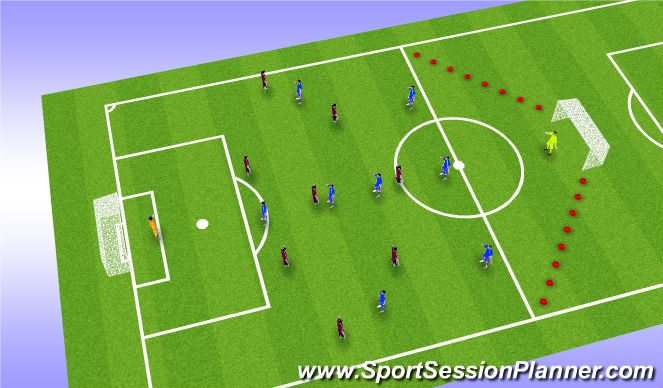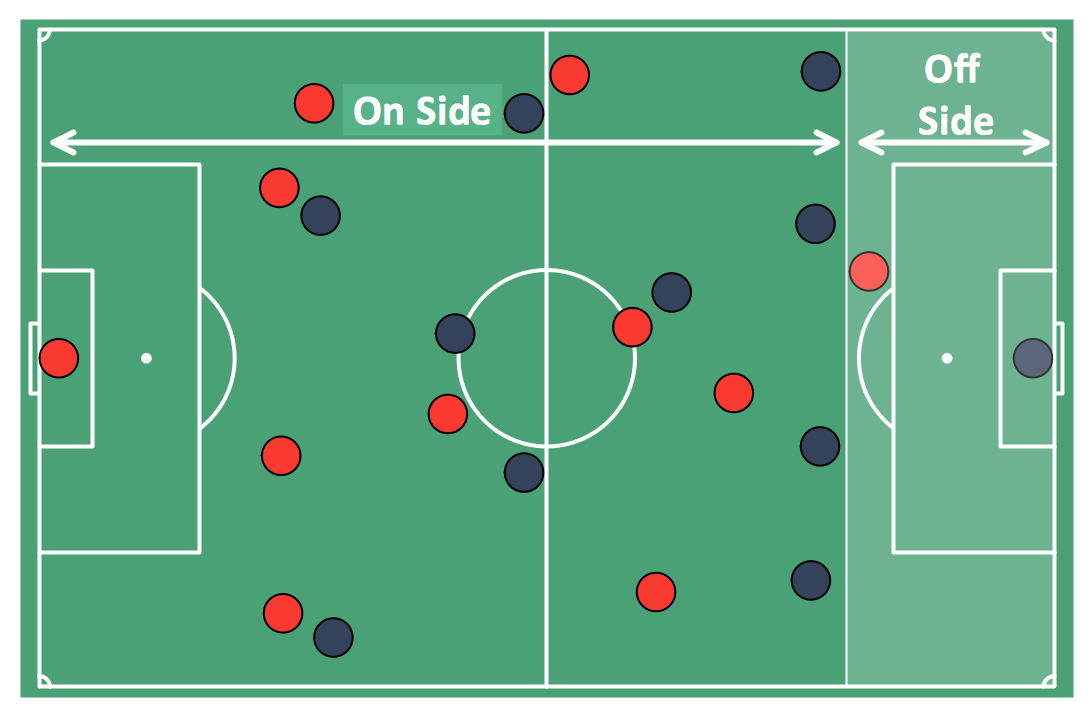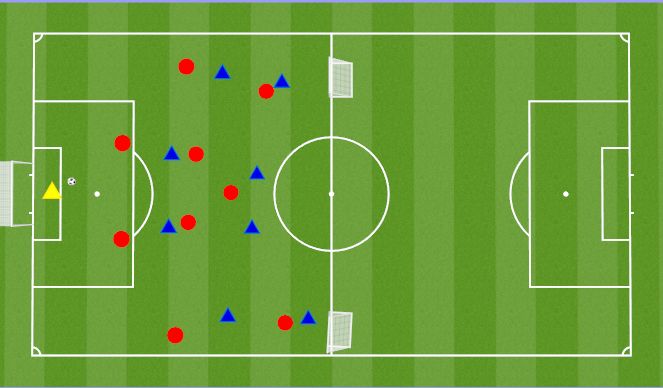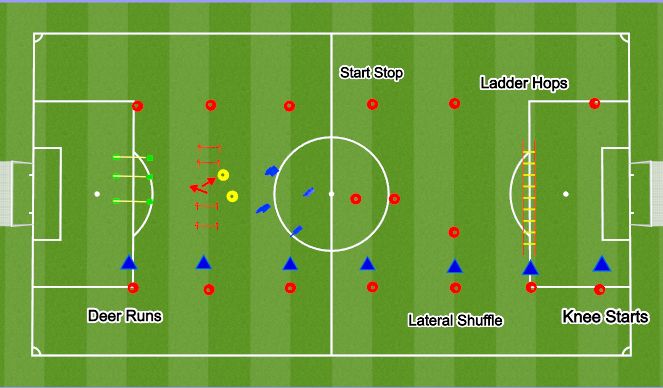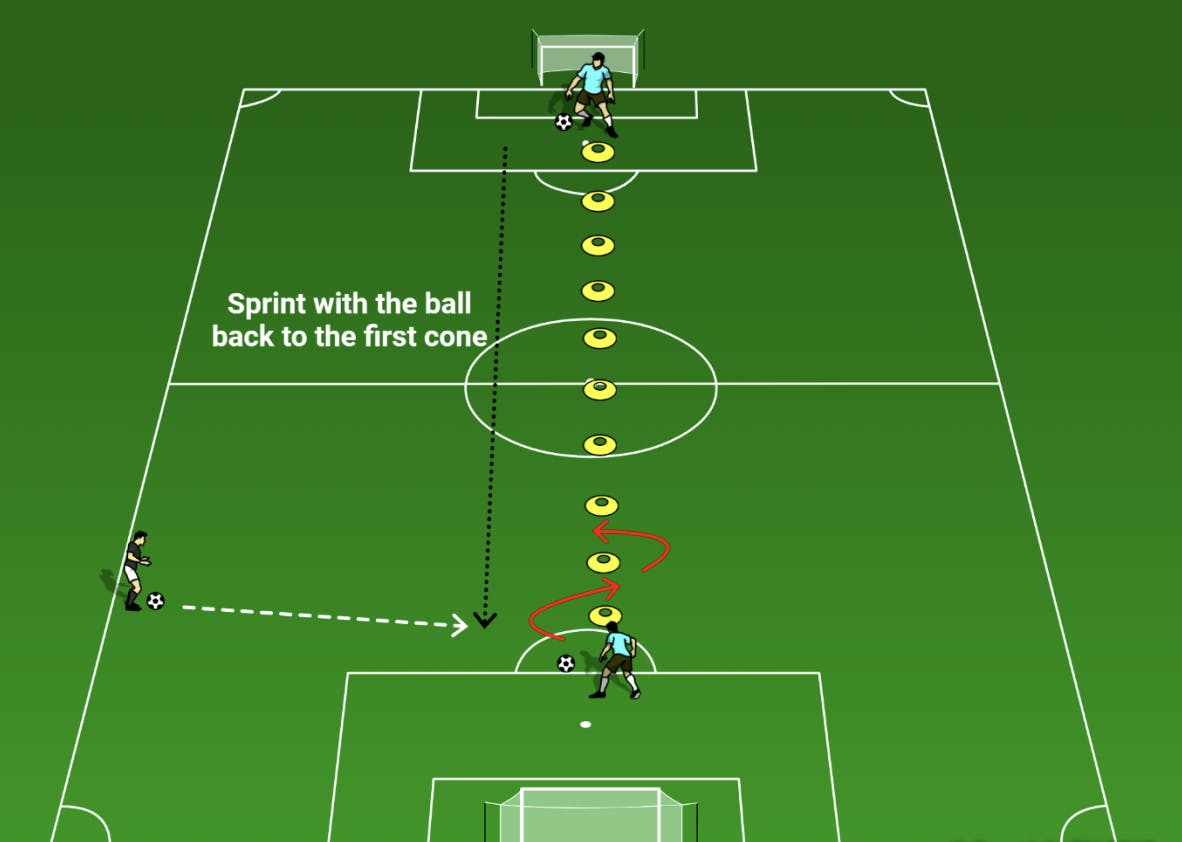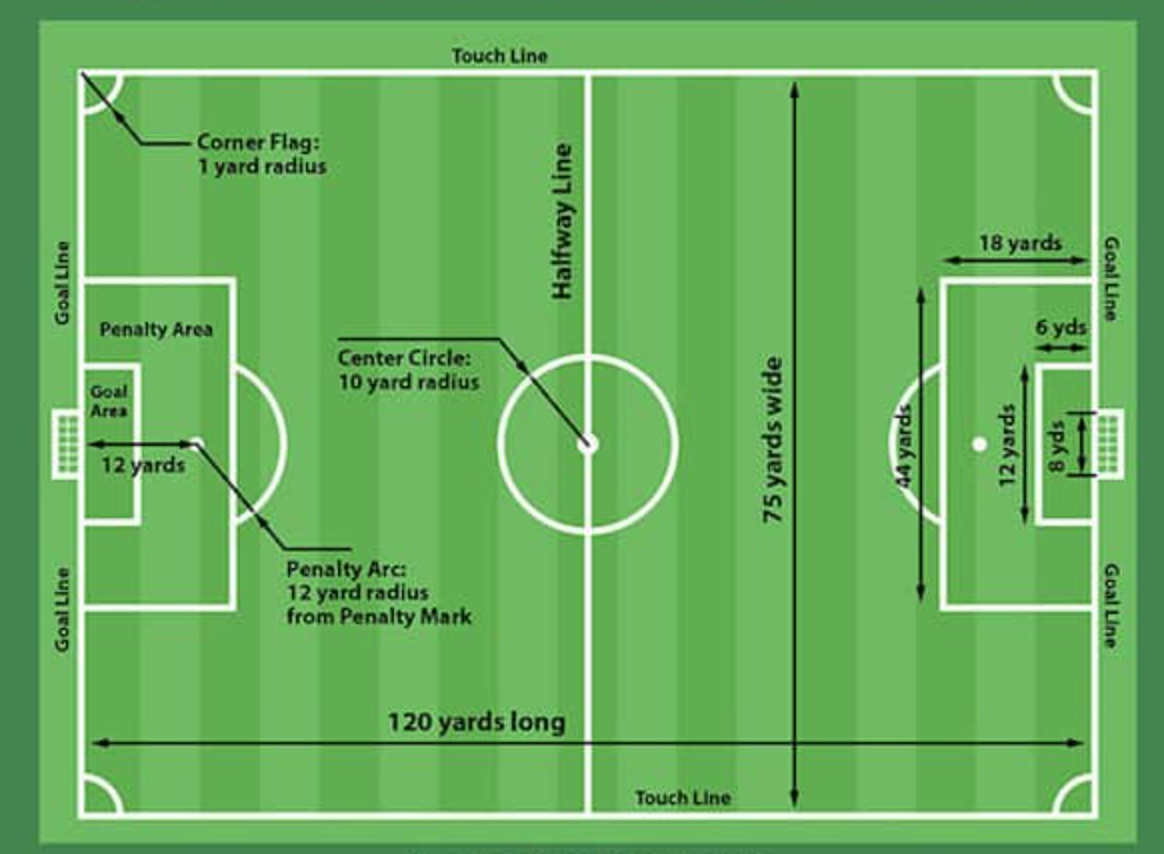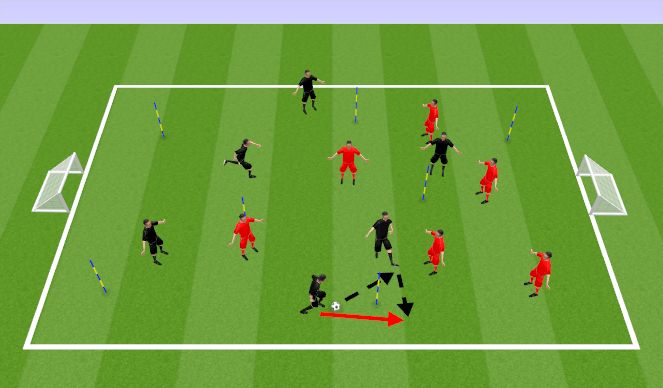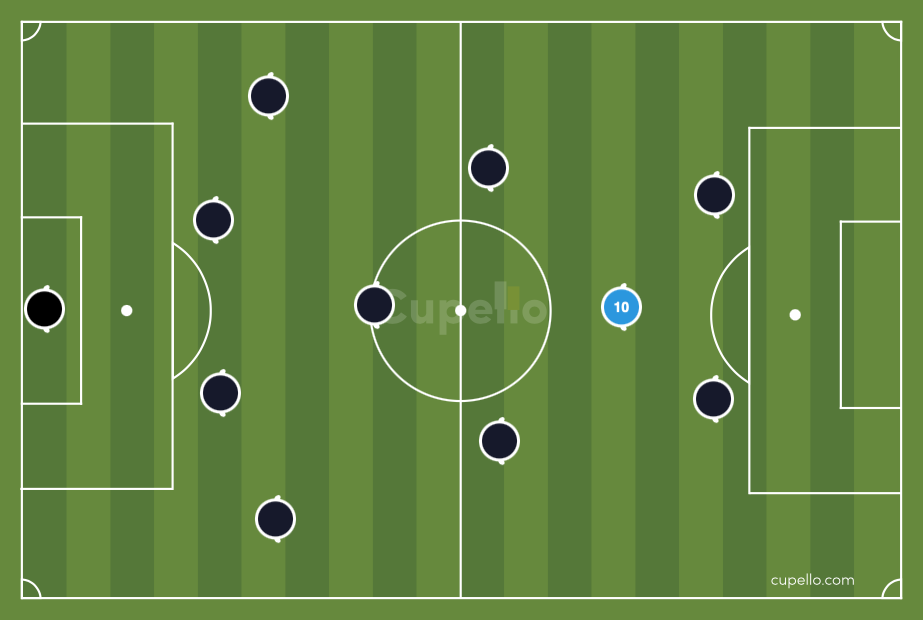Soccer is a global sport that is enjoyed by millions of people around the world. It is a fast-paced and exciting game that requires skill, athleticism, and teamwork. If you are new to soccer, or if you are looking to improve your game, here are 10 examples of soccer skills that you can practice.
These examples are just a starting point. There are many other soccer skills that you can learn, and the best way to improve is to practice regularly. With hard work and dedication, you can become a great soccer player.
1. Dribbling

Dribbling is the art of moving the ball around the field while maintaining control. It is a fundamental skill that is used to beat defenders and create scoring opportunities. To dribble effectively, you need to be able to control the ball with your feet, and you need to be able to change direction quickly.
There are many different dribbling techniques that you can use, depending on the situation. Some of the most common dribbling techniques include:

- Inside dribbling: This is the most basic dribbling technique. It involves keeping the ball close to your feet and using your inside foot to push the ball forward.
- Outside dribbling: This technique is used to beat defenders who are trying to tackle you from the side. It involves using your outside foot to push the ball away from the defender.
- Toe dribbling: This technique is used to dribble the ball in tight spaces. It involves using your toes to flick the ball forward.
:max_bytes(150000):strip_icc()/451934088-56aa3b585f9b58b7d002c1a6.jpg)

2. Passing
:no_upscale()/cdn.vox-cdn.com/uploads/chorus_asset/file/11531847/Offside_example.png)
Passing is the art of moving the ball from one player to another. It is a vital skill that is used to create scoring opportunities and to keep possession of the ball. To pass effectively, you need to be able to control the ball with your feet, and you need to be able to accurately pass the ball to your teammates.
There are many different passing techniques that you can use, depending on the situation. Some of the most common passing techniques include:
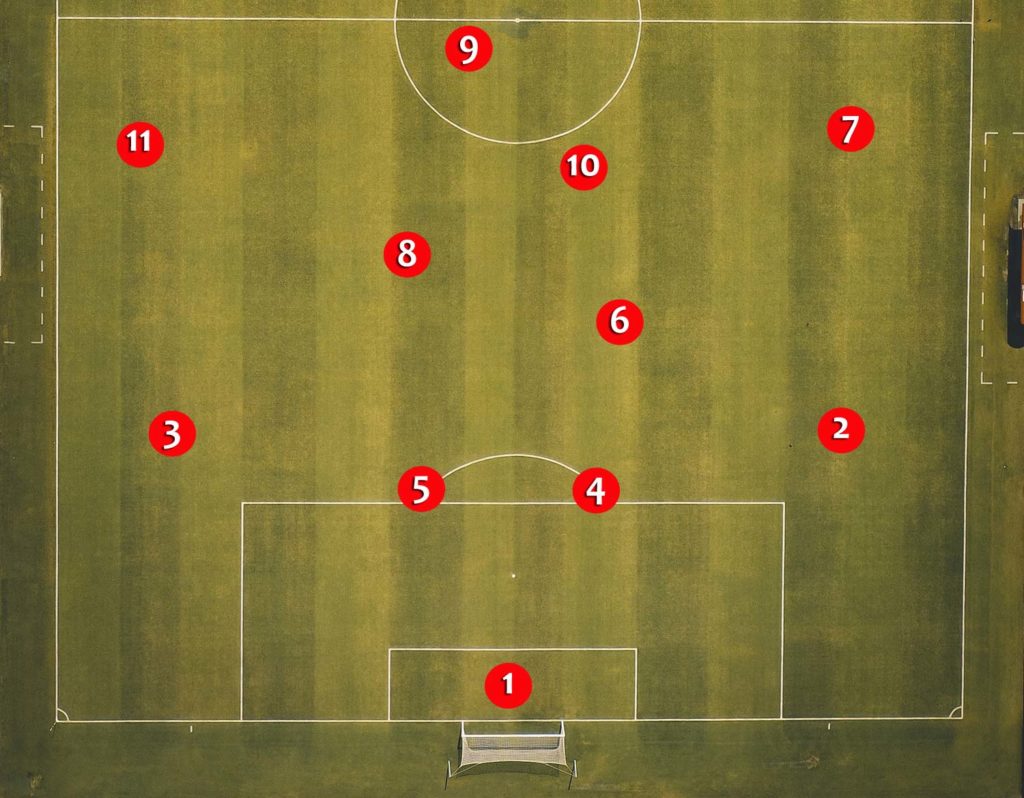
- Short pass: This is the most basic passing technique. It involves passing the ball to a teammate who is close to you.
- Long pass: This technique is used to pass the ball to a teammate who is far away from you.
- Through ball: This technique is used to pass the ball through a gap in the defense to a teammate who is running into space.

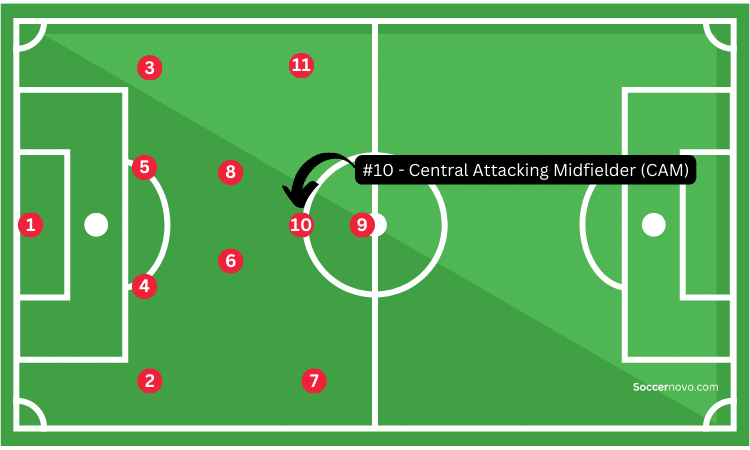
3. Shooting
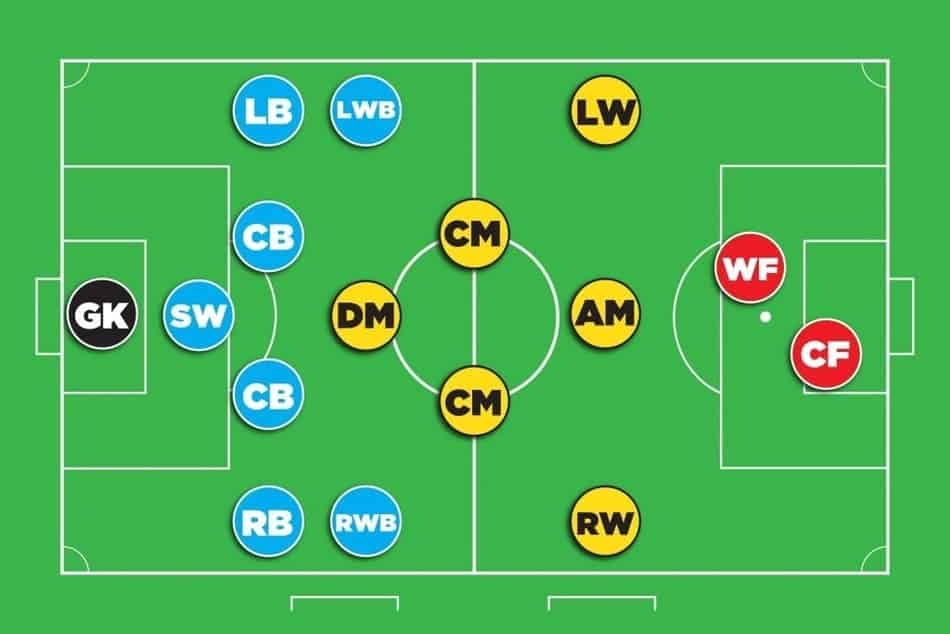
Shooting is the art of scoring goals. It is a skill that requires power, accuracy, and technique. To shoot effectively, you need to be able to control the ball with your feet, and you need to be able to strike the ball with power.
There are many different shooting techniques that you can use, depending on the situation. Some of the most common shooting techniques include:

- Driven shot: This is the most powerful shooting technique. It involves hitting the ball with the inside of your foot and driving it towards the goal.
- Curling shot: This technique is used to bend the ball around the goalkeeper. It involves hitting the ball with the outside of your foot and curling it towards the goal.
- Chip shot: This technique is used to lift the ball over the goalkeeper. It involves hitting the ball with the inside of your foot and chipping it over the goalkeeper’s head.
4. Tackling
Tackling is the art of winning the ball back from an opponent. It is a vital skill that is used to defend your goal and to create scoring opportunities. To tackle effectively, you need to be able to time your tackle correctly, and you need to be able to use your body to shield the ball from your opponent.
There are many different tackling techniques that you can use, depending on the situation. Some of the most common tackling techniques include:
- Slide tackle: This is the most aggressive tackling technique. It involves sliding your body towards the ball and tackling your opponent with your feet.
- Standing tackle: This technique is used to tackle an opponent who is standing still. It involves standing in front of your opponent and tackling them with your feet.
- Shoulder tackle: This technique is used to tackle an opponent who is running towards you. It involves using your shoulder to push your opponent off the ball.
5. Heading
Heading is the art of controlling the ball with your head. It is a vital skill that is used to score goals and to defend your goal. To head effectively, you need to be able to time your jump correctly, and you need to be able to use your head to direct the ball.
There are many different heading techniques that you can use, depending on the situation. Some of the most common heading techniques include:
- Diving header: This is the most aggressive heading technique. It involves jumping towards the ball and heading it with your forehead.
- Flick header: This technique is used to flick the ball over the goalkeeper. It involves jumping towards the ball and heading it with the top of your head.
- Back header: This technique is used to head the ball back to your goalkeeper. It involves jumping towards the ball and heading it with the back of your head.
6. Goalkeeping
Goalkeeping is the art of defending your goal from the opposition. It is a vital skill that is used to prevent the opposition from scoring goals. To be an effective goalkeeper, you need to be able to control the ball with your hands and feet, and you need to be able to make quick decisions.
There are many different goalkeeping techniques that you can use, depending on the situation. Some of the most common goalkeeping techniques include:
- Catching: This is the most basic goalkeeping technique. It involves catching the ball with your hands.
- Punching: This technique is used to punch the ball away from your goal. It involves punching the ball with your fist.
- Diving: This technique is used to dive towards the ball and save it. It involves diving towards the ball with your body.
7. Free Kicks
Free kicks are awarded to a team when an opponent commits a foul. They are a great opportunity to score a goal. To take a free kick effectively, you need to be able to control the ball with your feet, and you need to be able to strike the ball with power and accuracy.
There are many different free kick techniques that you can use, depending on the situation. Some of the most common free kick techniques include:
- Direct free kick: This technique is used to shoot the ball directly at the goal. It involves hitting the ball with the inside of your foot and driving it towards the goal.
- Indirect free kick: This technique is used to pass the ball to a teammate who is in a better position to shoot. It involves hitting the ball with the outside of your foot and passing it to your teammate.
- Knuckleball: This technique is used to make the ball dip and swerve in the air. It involves hitting the ball with the bottom of your foot and giving it a lot of backspin.
8. Corner Kicks
Corner kicks are awarded to a team when the ball goes out of play over the goal line. They are a great opportunity to create a scoring opportunity. To take a corner kick effectively, you need to be able to control the ball with your feet, and you need to be able to cross the ball into the box.
There are many different corner kick techniques that you can use, depending on the situation. Some of the most common corner kick techniques include:
- Inswinging corner: This technique is used to cross the ball into the box from the left or right side of the pitch. It involves hitting the ball with the inside of your foot and curling it towards the goal.
- Outswinging corner: This technique is used to cross the ball into the box from the right or left side of the pitch. It involves hitting the ball with the outside of your foot and curling it away from the goal.
- Driven corner: This technique is used to hit the ball directly at the goal. It involves hitting the ball with the inside of your foot and driving it towards the goal.
9. Penalty Kicks
Penalty kicks are awarded to a team when an opponent commits a foul in the penalty area. They are a great opportunity to score a goal. To take a penalty kick effectively, you need to be able to control the ball with your feet, and you need to be able to strike the ball with power and accuracy.
There are many different penalty kick techniques that you can use, depending on the situation. Some of the most common penalty kick techniques include:
- Power penalty: This technique is used to hit the ball with power and accuracy. It involves hitting the ball with the inside of your foot and driving it towards the goal.
- Chip penalty: This technique is used to chip the ball over the goalkeeper. It involves hitting the ball with the inside of your foot and chipping it over the goalkeeper’s head.
- Panenka penalty: This technique is used to trick the goalkeeper by chipping the ball into the middle of the goal. It involves hitting the ball with the inside of your foot and chipping it over the goalkeeper’s head.
10. Set Pieces
Set pieces are awarded to a team when the opposition commits a foul. They are a great opportunity to create a scoring opportunity. To take a set piece effectively, you need to be able to control the ball with your feet, and you need to be able to pass the ball to your teammates.
There are many different set piece techniques that you can use, depending on the situation. Some of the most common set piece techniques include:
- Free kick: This technique is used to take a free kick. It involves
Other ideas you might like


